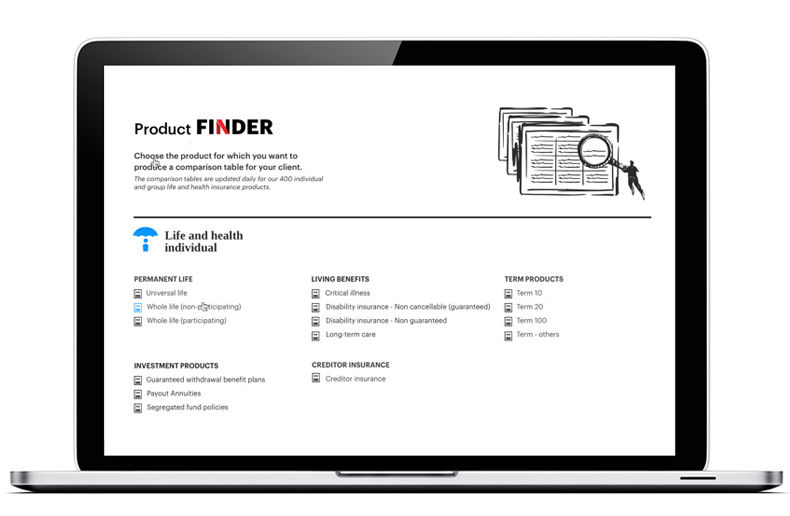Forecasters surveyed by The Conference Board of Canada have now dramatically changed their near-term projections for the Canadian economy, with real GDP expected to contract by four per cent this year. This is down from a gain of 1.7 per cent expected in the winter, prior to the COVID-19 outbreak. Next year, say the forecasters, a 4.9 per cent recovery is anticipated as the virus's aftermath fades.
Federal and provincial guidelines recommending people stay at home and practise social distancing have resulted in a dramatic drop in Canadian economic activity. Consumer spending has ground to a halt, and forecasters expect a sharp decline of close to five per cent this year, mostly in the second quarter.
Companies and consumers cut expenses
But consumers aren’t the only ones cutting back their expenses. Companies that are shut down mean they are not spending on machinery and equipment, and exports and imports will all record huge drops in activity.
The Conference Board says the only sector of the economy that will continue to spend is government. The federal government has injected a large amount of stimulus dollars into the economy to support struggling workers and businesses, and this is expected to expand spending by 3.1 per cent.
Low oil prices add to problems
In the meantime, world oil prices have collapsed. A combination of tumbling global demand and the decision by Saudi Arabia and Russia to gain market share by ramping up production has dragged oil prices down to the $20 per barrel range.
The major oil-producing countries recently reached an agreement on production cuts but oil prices have continued to languish because of the sharp plunge in demand from every corner of the world economy.
Interest rates near zero
The Bank of Canada has responded to the crisis by slashing interest rates to close to zero and engaging in massive quantitative easing. Forecasters expect the 90-day Treasury bill rate to average 0.33 per cent this year compared with the 1.5 per cent rate expected in the winter update. Rates are expected to remain at rock-bottom levels in 2021 as well.
The large monetary stimulus won’t be inflationary. Forecasters expect consumer prices to increase by only 1.1 per cent this year. The collapse in demand due to social distancing and plummeting commodity prices will restrain inflation over the near term.
Hurt amidst all of this are oil prices, which have dragged down the Canadian dollar. The loonie is forecast to trade in the US$0.72 range this year, down from US$0.77 anticipated in the winter.




